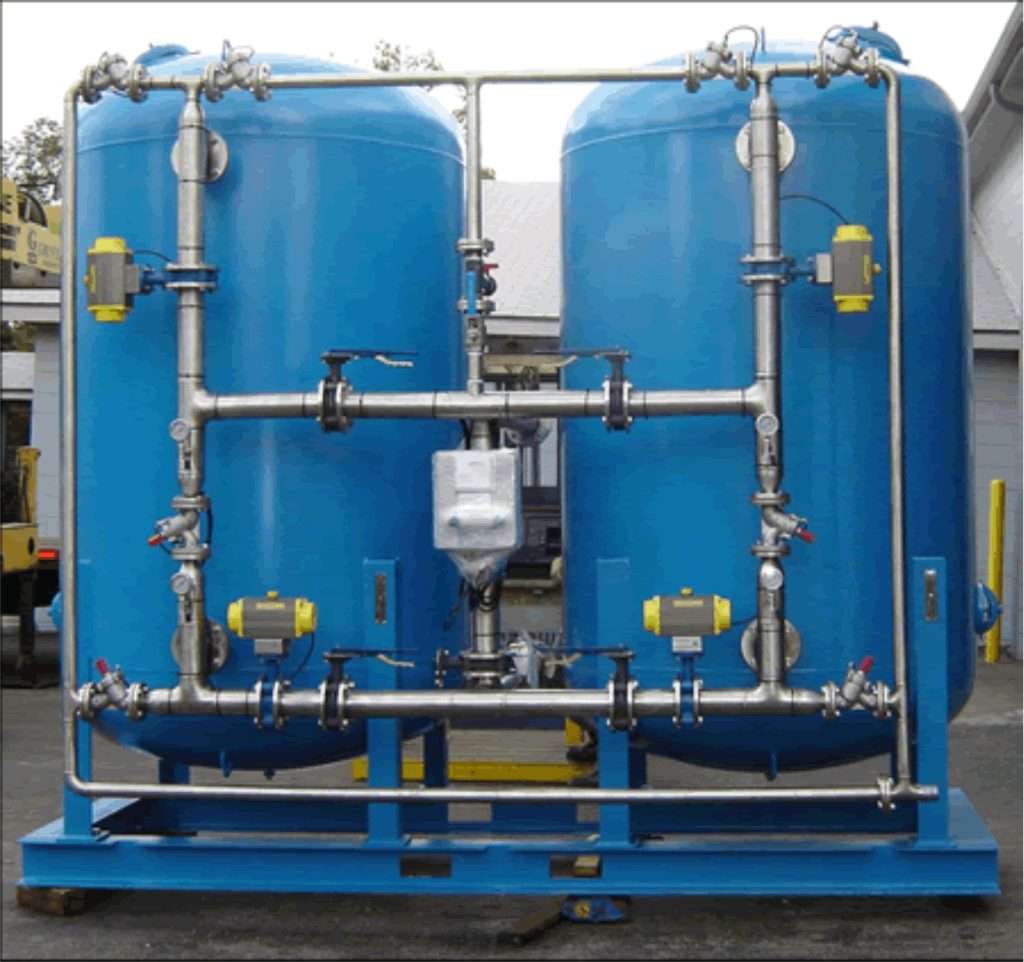#நீரின்றி அமையாது உலகு
Water Softerners Plants
JM Technologies
World Class Advanced Technology
Water Softeners
We promote Water Softeners that produce “Zero Hardness” water by removing the hard minerals.
We Design and Manufacture water softening plants so as to treat water that suits numerous applications with lower residential hardness and highest quality.

The Process:
Water softening methods mainly rely on the removal of Ca2+ and Mg2+ from a solution or the sequestration of these ions, i.e. binding them to a molecule that removes their ability to form scale or interfere with soaps. Removal is achieved by ion exchange and by precipitation methods. Mineral tank and the brine tank are the main constituents of the Water softening system. The Water softening system consists of a mineral tank and a brine tank. The mineral tank and the Water supply pipe is connected due to which Water passes through the tank before it can be used. Mineral tank consist of negatively charged beads or resins that attracts positively charged calcium and magnesium.
The surface of the resin gets coated with the calcium and magnesium minerals. The resin is cleared by flushing a strong sodium (salt) solution held in the brine tank. The sodium ions are powerful and they easily overpower the calcium and magnesium ions and drives them off of the resins which is later drained out of the unit.
Work Flow Progress
Water Softening Plants
- The water softening plants are made to create treated water that may be used in a variety of ways.
- Throughout the service cycle, treated water is of consistent quality and has little residual hardness.
- High synthetic resin is used to convert sodium ions into calcium and magnesium ions by exchanging sodium ions with hardness.
Method
- Ion exchange and precipitation procedures are used to remove. The major parts of the water softening system are the mineral tank and the brine tank.
- The mineral tank and the brine tank make up the water softening system.
- Due to the connection between the mineral tank and the water supply line, water must first travel through the tank before it can be used.

Water Softener Types
• Chemical Water Softeners :
Chemical softeners are used in laundry. It basically removes magnesium and calcium and thus lengthen lifespan of clothes. However it should be kept in mind that the Water so treated is not fit for drinking.
• Packaged Water Softeners :
Packaged Water softeners are infact chemicals used for the softening purpose. There are two types of packaged Water softeners
Precipitating and Non-precipitating.
Washing soda and borax are the examples of precipitating Water softeners. These products upon reacting, forms insoluble precipitate with calcium and magnesium ions. This enhances the cleaning efficiency Whereas, in Non-precipitating Water softeners, calcium and magnesium ions are segregated from the Water through complex phosphates.
Treated Water Quality :
Total hardness: Less than 5 ppm (Commercial Zero)
Features
- Automatic regeneration
- User friendly
- Require less space
- Low power consumption
- Reduction of scales
- Clogging from pipes and vessels
- Increases the efficiency of appliances and the plumbing Systems.
- Enhances service life
Application
- Boiler Feed.
- Cooling Tower Make-Up.
- Air Conditioning Plant.
- Textile Processing.
- Beverage Production.
- Hospitals, Hotels, Laundries etc.
- Food processing.
- Chemical & textile.
- Water power plants.
